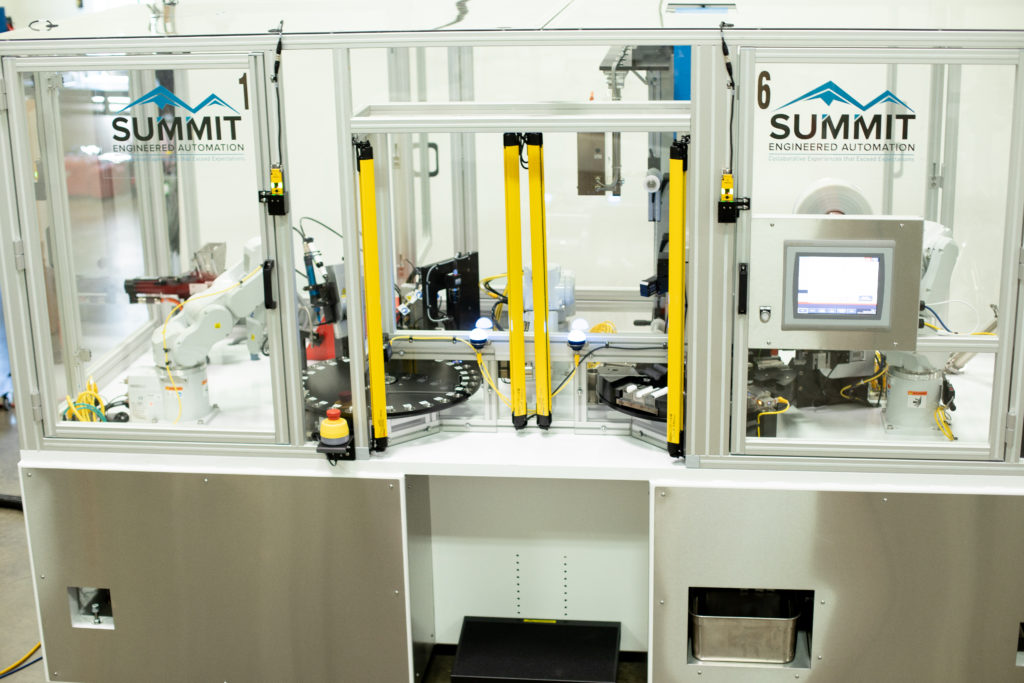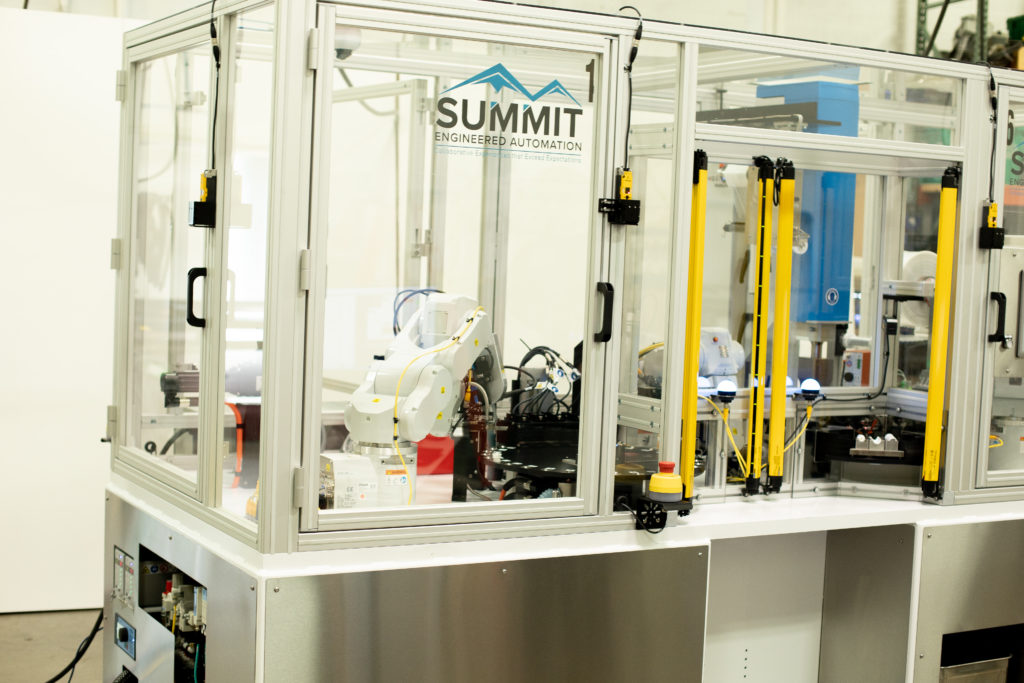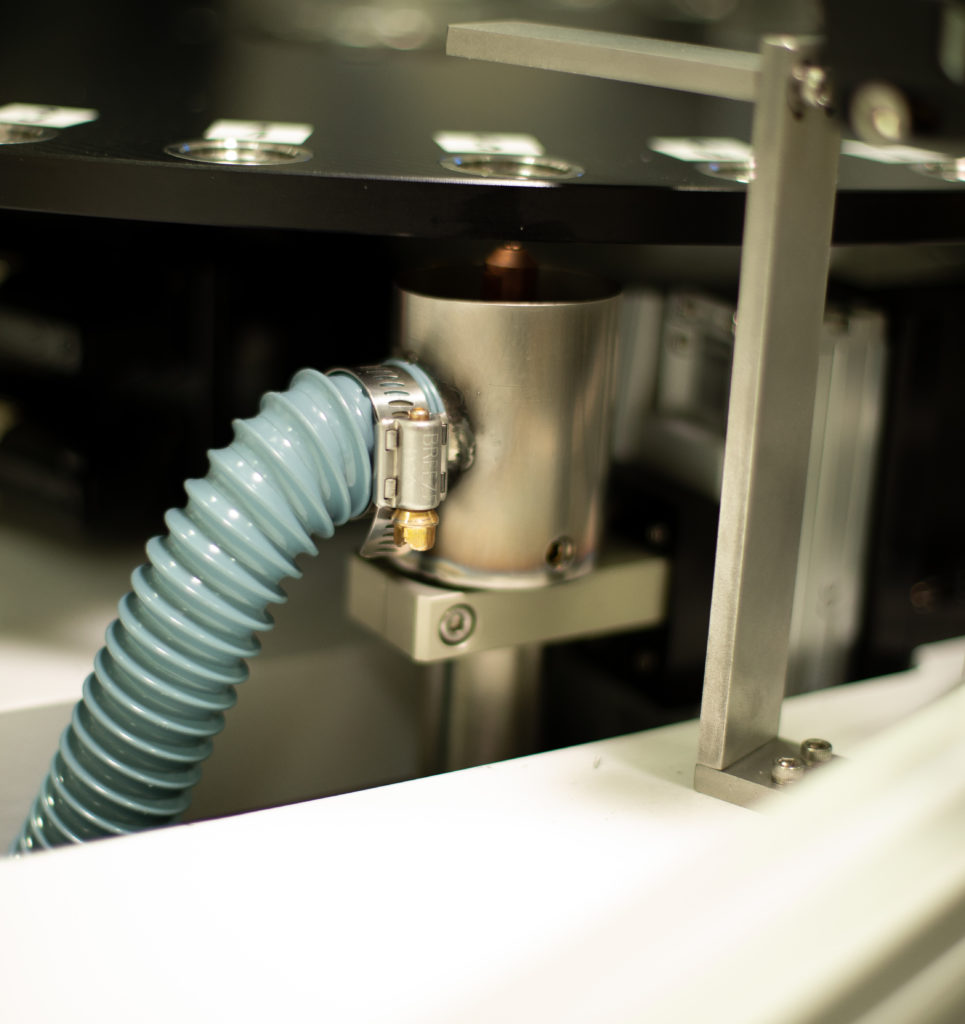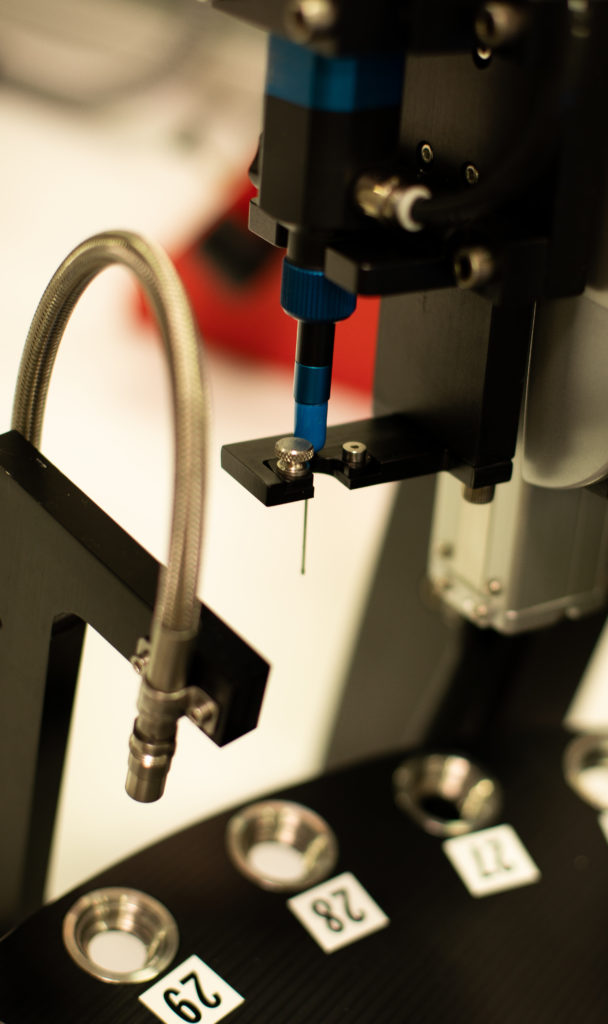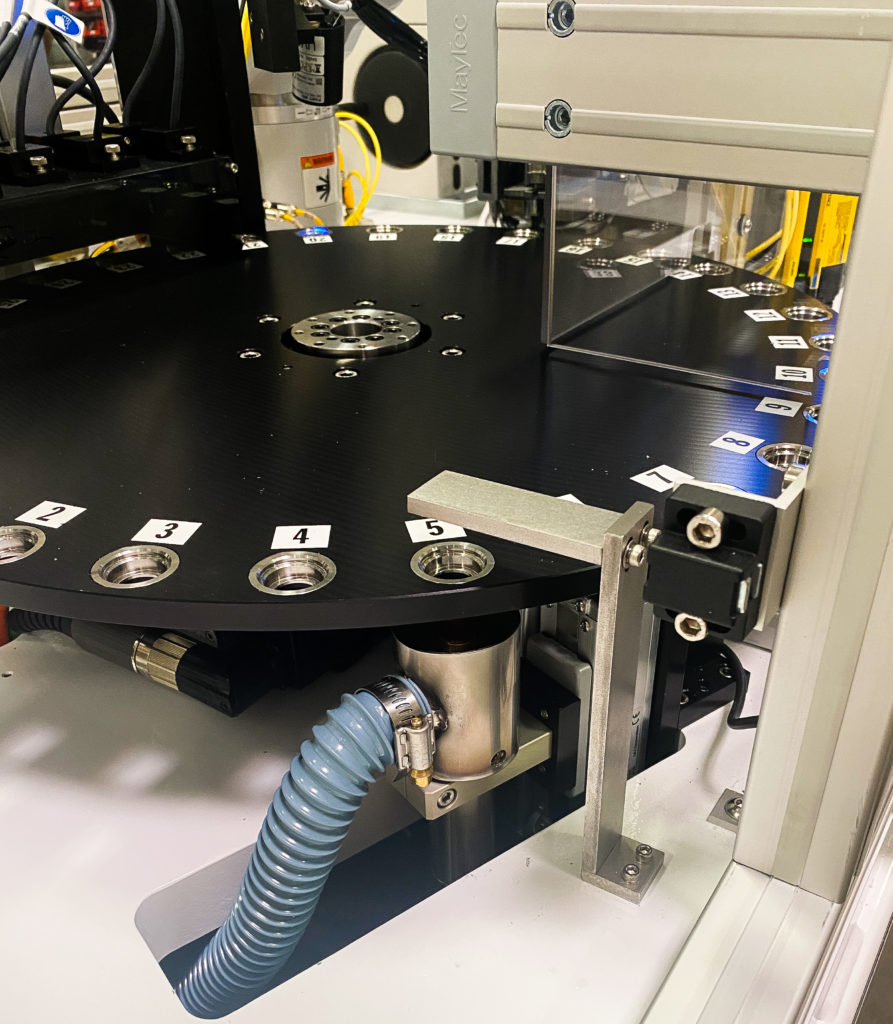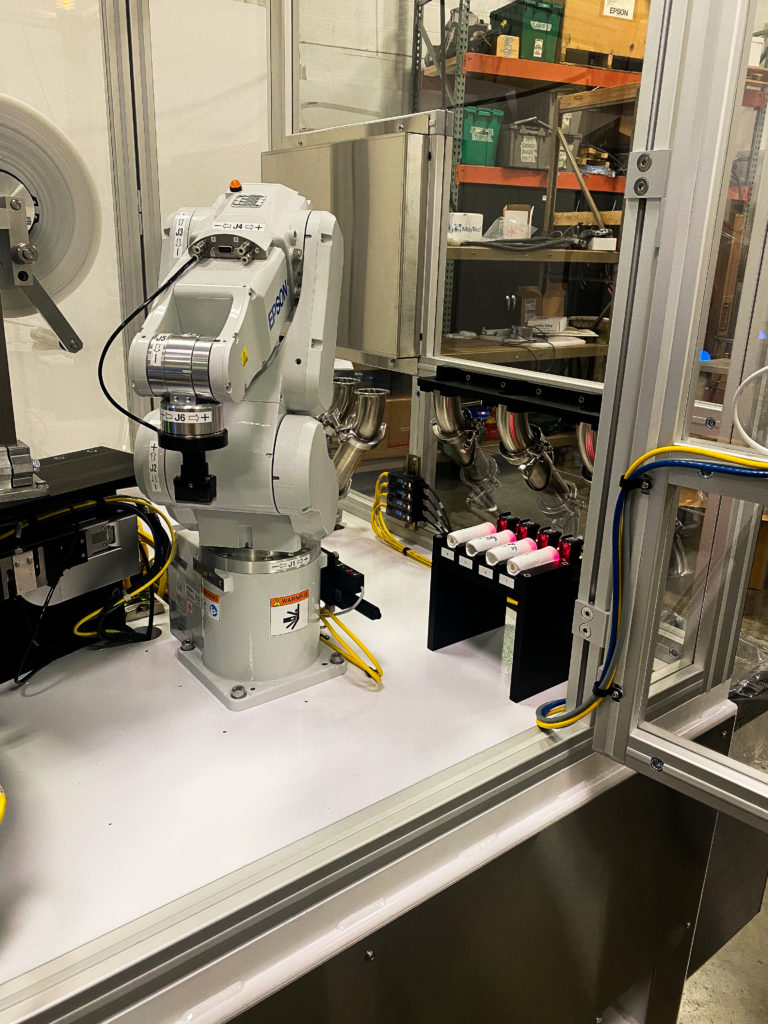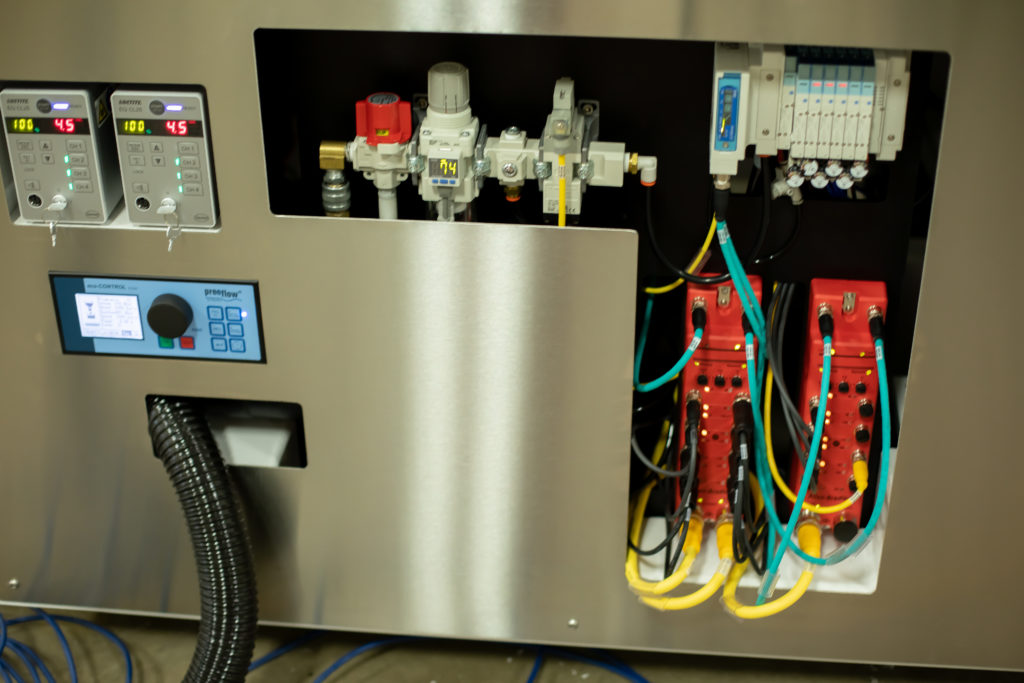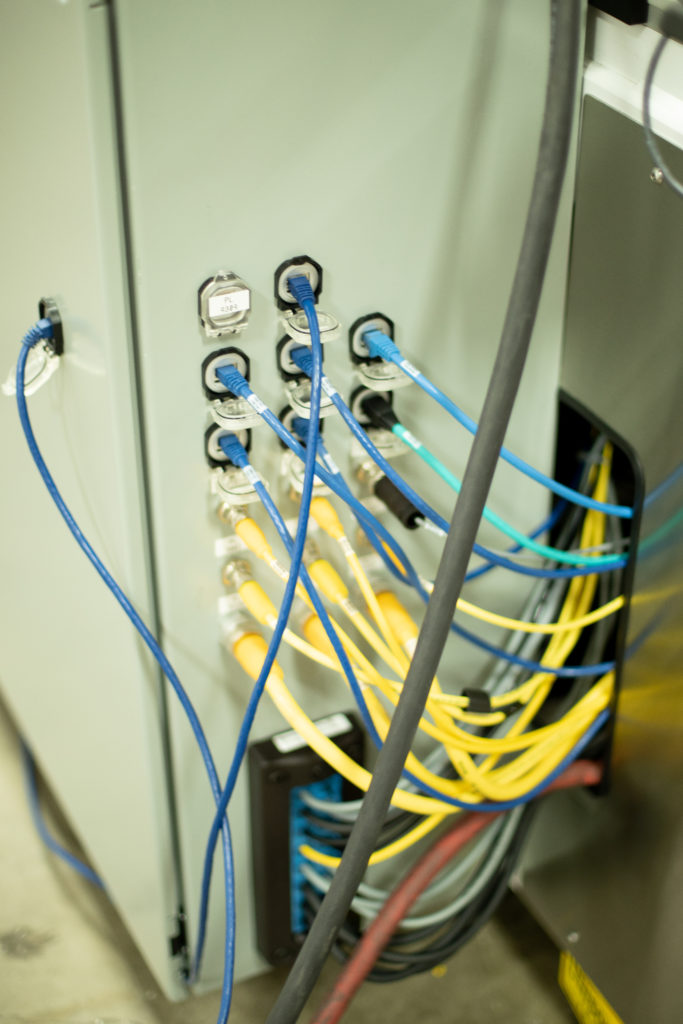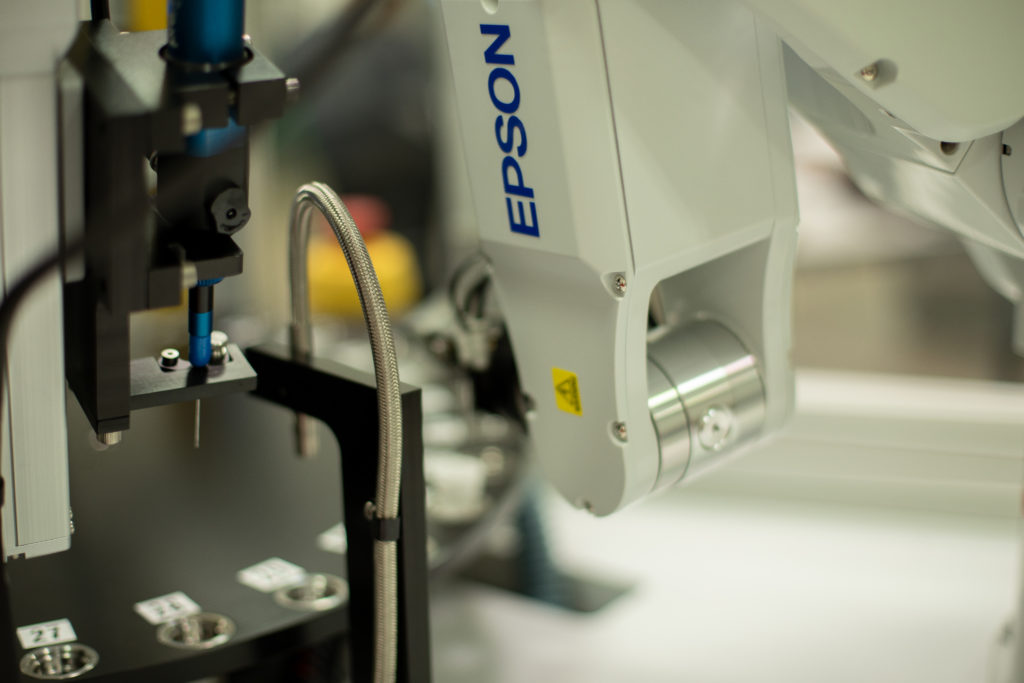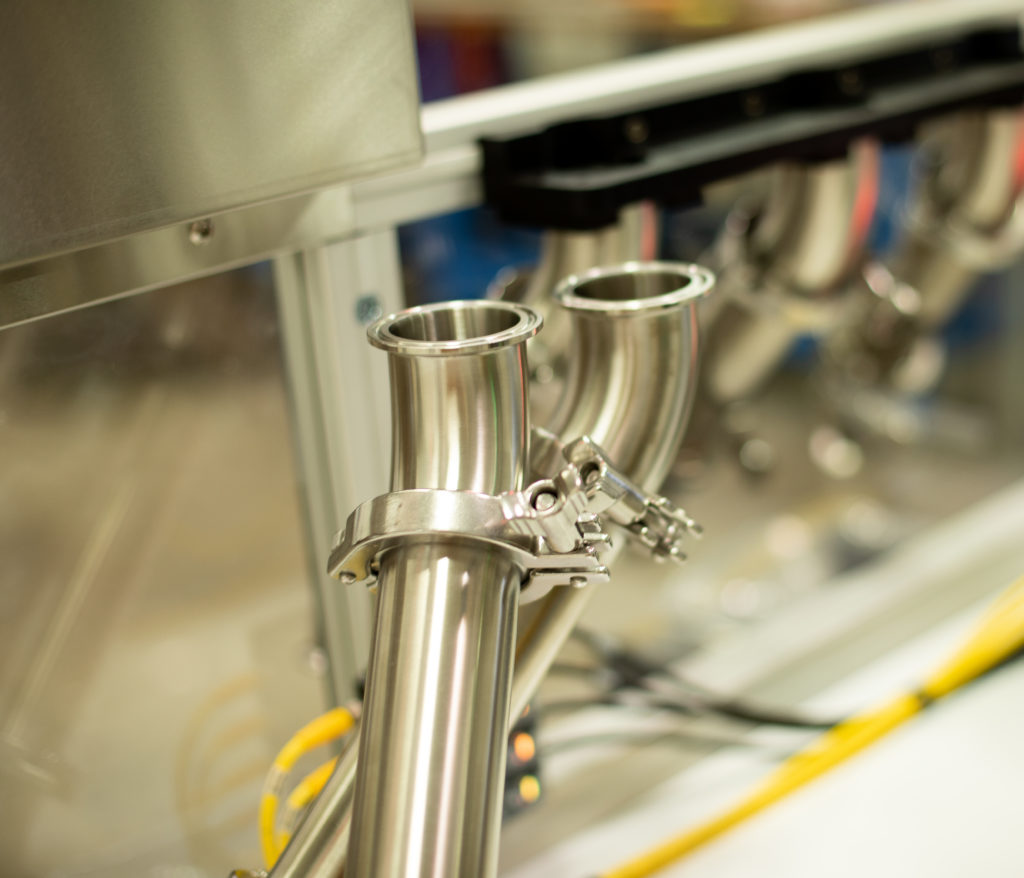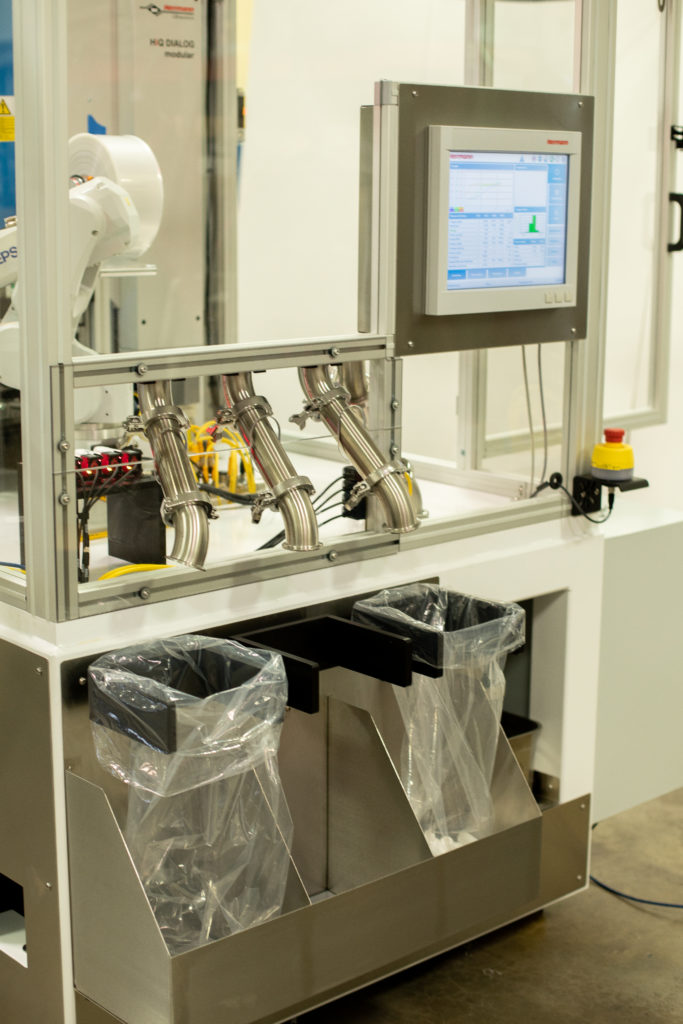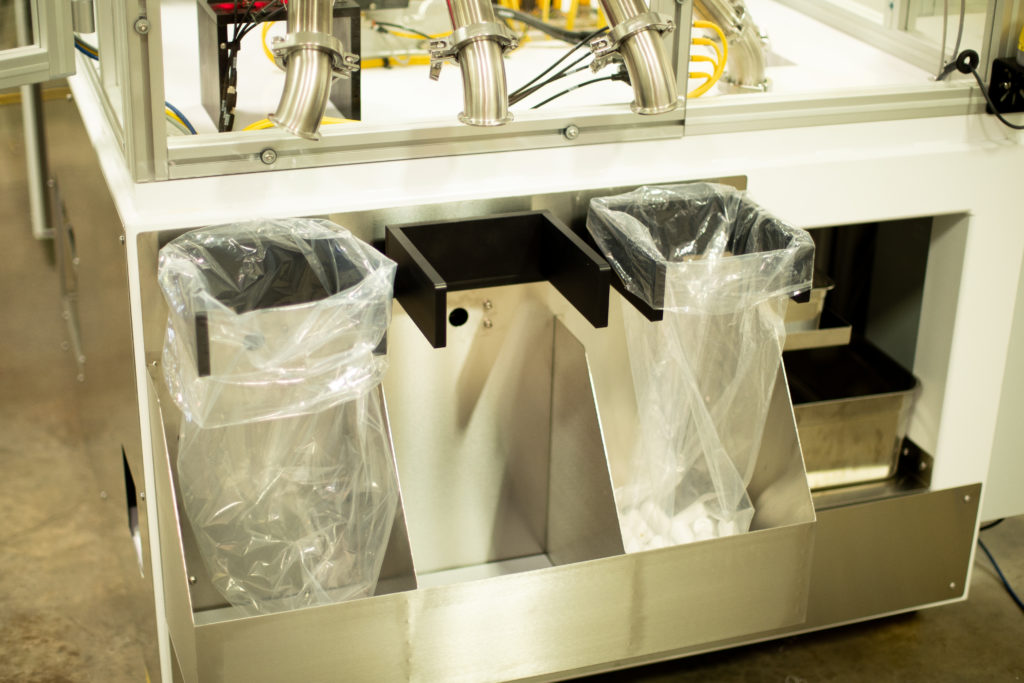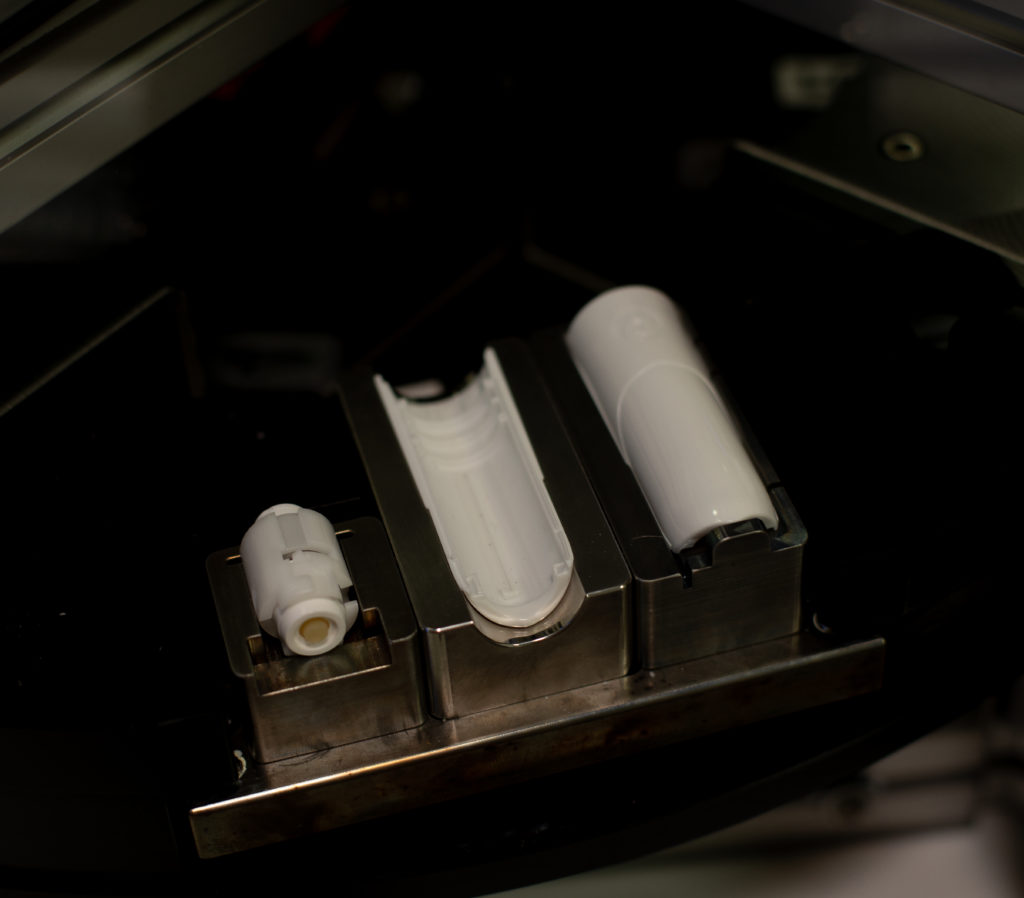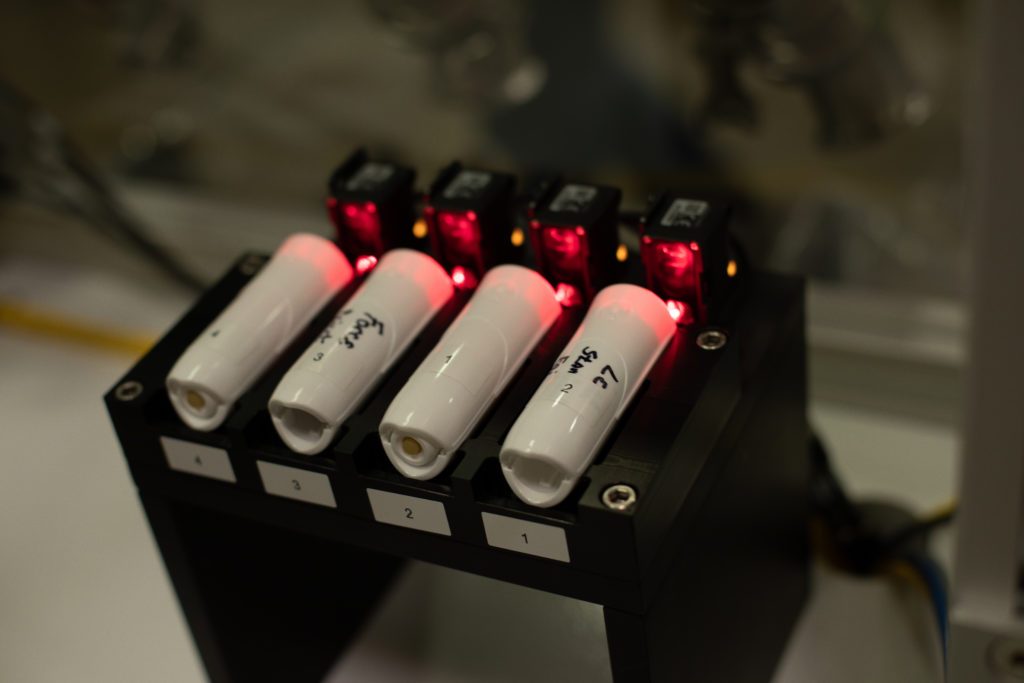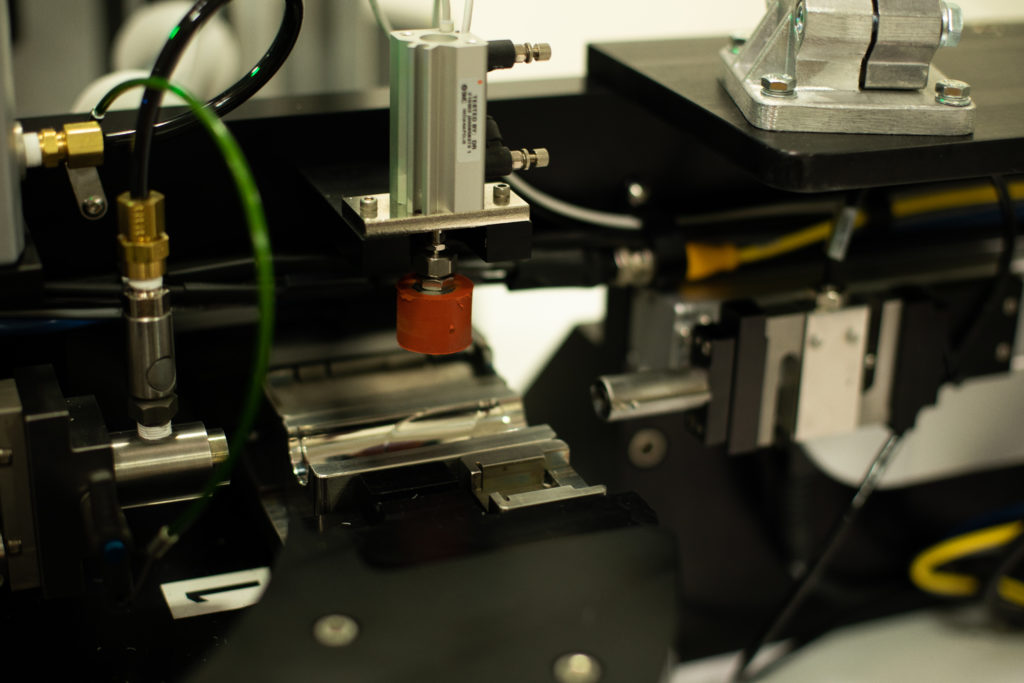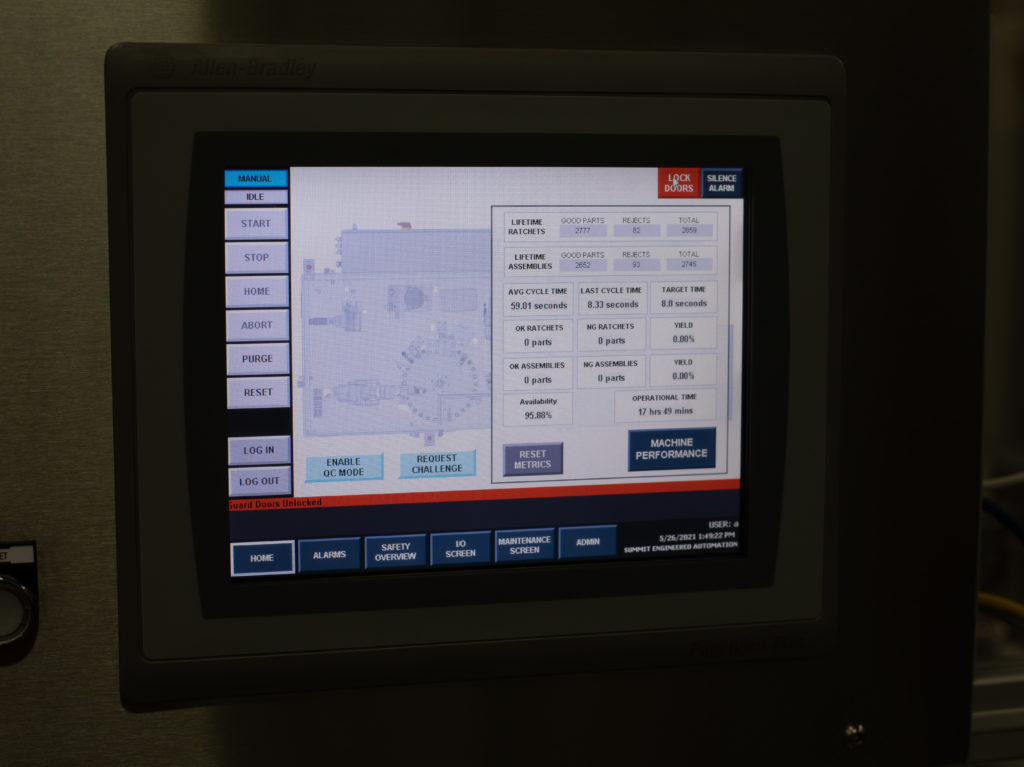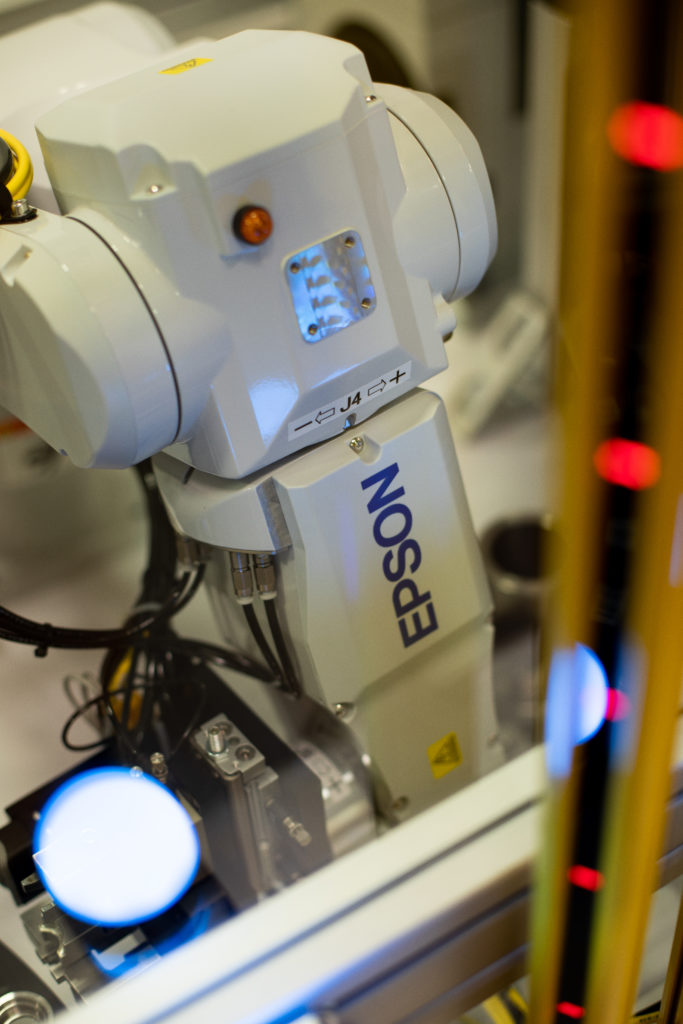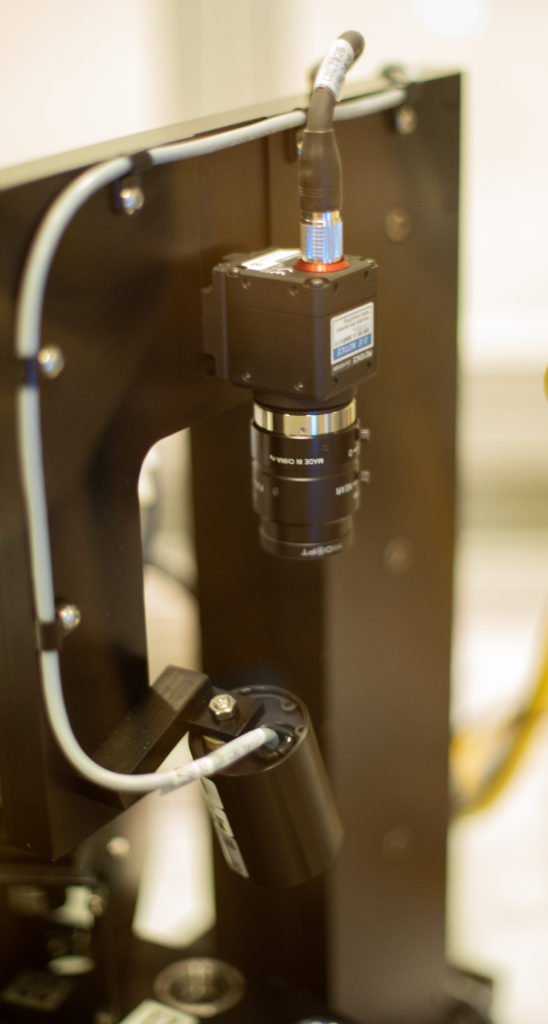Corvida Medical Case Study
Corvida Medical Needed Better Automation: What They Got Far Exceeded Expectations
Corvida approached Summit to quote 2 machines, SA Needle Rachet Assembly machine and SA Final Assembly Machine. Summit worked with the customer to create a URS for both pieces of equipment and submitted a proposal for each. Summit was awarded this business and began the engineering phase, before long it became increasingly clear that it made sense to combine the 2 machines into one, this would save on controls cost that could be used for better technology or process, it would also eliminate labor.
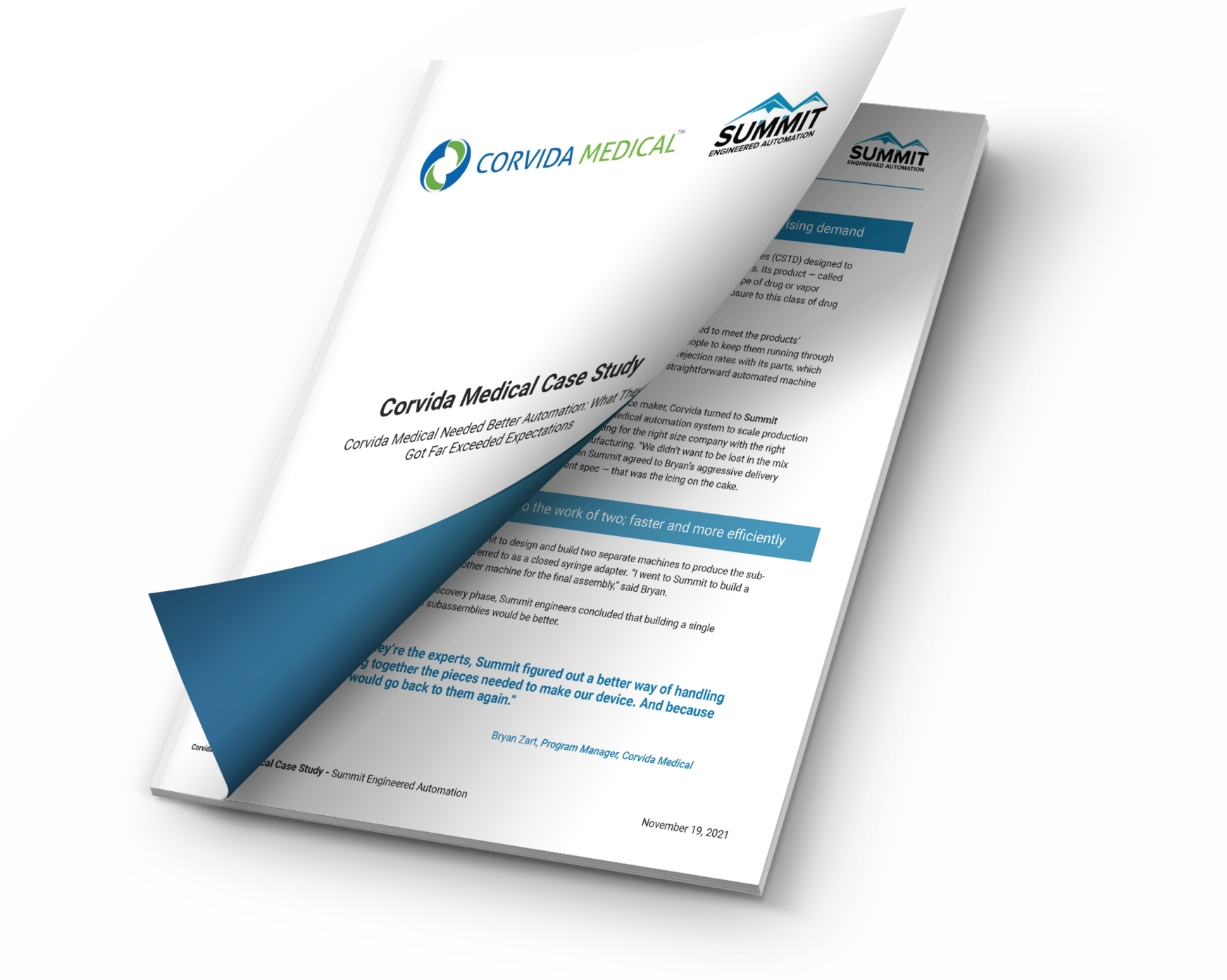
The Challenge:
A new medical automation system to meet rising demand
Corvida Medical® is an innovative manufacturer of closed system transfer devices (CSTD) designed to deliver potent drugs for patients undergoing chemotherapy and other treatments. Its product — called Halo® — provides healthcare workers with safe devices that prevent the escape of drug or vapor concentrations. The product is leakproof and airtight because long-term exposure to this class of drug can cause serious harm.
Corvida’s original automation machines that manufactured Halo struggled to meet the products’ throughput requirements. What’s more, the machines required three people to keep them running through long shifts. Complex processes and too many steps also led to high rejection rates with its parts, which came off the line at one every 20 seconds. Corvida needed a more straightforward automated machine that a single operator could run. And they needed it fast.
After closing an exclusive contract with a major medical device maker, Corvida turned to Summit Engineered Automation to help it design and build a new medical automation system to scale production quickly. Bryan Zart, Corvida’s program manager, was looking for the right size company with the right capabilities and experience in medical small parts manufacturing. “We didn’t want to be lost in the mix of working with a huge company,” he shared. But, when Summit agreed to Bryan’s aggressive delivery timeline — as well as his budget and user requirement spec — that was the icing on the cake.
The Solution:
One machine to do the work of two; faster and more efficiently
Corvida’s original order called for Summit to design and build two separate machines to produce the sub-assemblies of the Halo CSTD, also referred to as a closed syringe adapter. “I went to Summit to build a machine for a subassembly and another machine for the final assembly,” said Bryan.
However, during the project’s discovery phase, Summit engineers concluded that building a single machine to manufacture both subassemblies would be better.

“Because they’re the experts, Summit figured out a better way of handling and putting together the pieces needed to make our device. And because of that, I would go back to them again.”
– Bryan Zart, Program Manager, Corvida Medical
By combining two machines into one, Summit created a machine that was more efficient with higher quality parts and higher performance specs. One operator can now run the new machine instead of the two required for dual machines. “Summit was able to meet their timeline because they simplified everything. And because they simplified everything, the machine performance was faster than what we originally planned for,” said Bryan.
Summit created several proofs-of-concept to get to this point, including building and bench testing a needle feeder and pull testing with several UV glue types. Another concept and bench test introduced a more capable and faster robot that transfers and inserts a needle into a seal.
Results:
Significant labor savings; nearly triple the throughput
Corvida went from two machines that produced a part every 20 seconds and took six people to run, to a single machine operated by a solo technician that makes a part every 7.5 seconds — an extraordinary accomplishment. And the process was quick, noted Bryan. “Over nine months, you have three months to design it, two months to order parts, three months to build it, and a month to debug.”
“Todd Bauernfeind (Summit’s president) surrounds himself with talented people, which resulted in a piece of equipment that I’m pretty happy with,” shared Bryan. “Summit’s transparent processes, trustworthiness and creative engineering are unique in my experience. So yes, I definitely would go back.”

